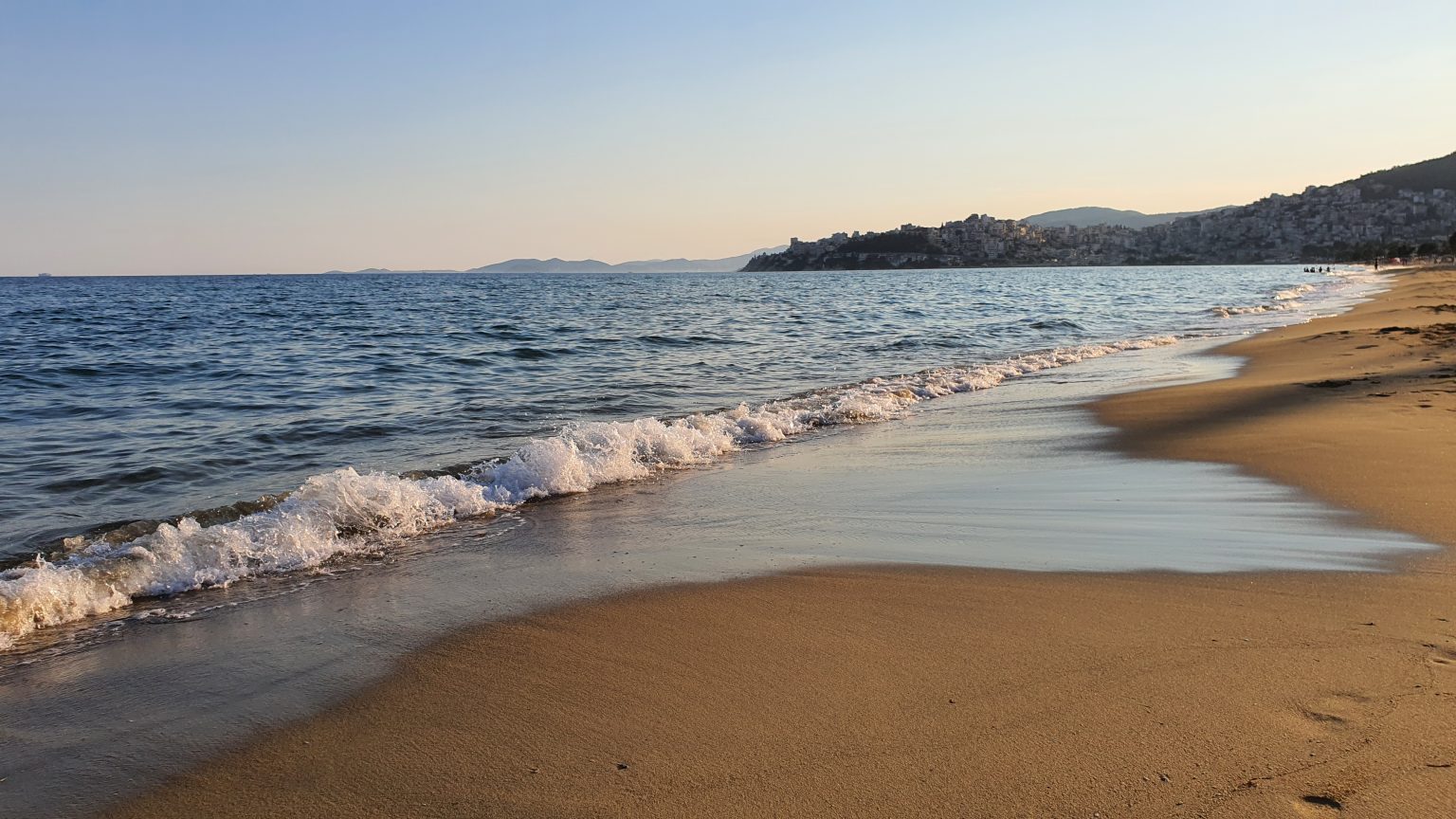After months of closure, Greece has finally returned to normal, and the islands of Mykonos and Santorini are once again overrun with tourists. Authorities are reminding visitors that there is more to the world than just “sun and beach” in an effort to prevent a repeat of 2019’s disruptive overtourism and encourage them to visit less well-known areas.
This year, the country of Malta has emerged as one of the Mediterranean’s most important economic centers, thanks in large part to its many sites of international significance that have been recognized by UNESCO and its many islands set in pristine seas. The country has lately started issuing long-term visas to qualified American expats, adding to its already unparalleled natural and man-made splendor.
There has been a remarkable recovery in the wake of CoViD-19, and all of these things have played a part in it, but Greece is unwilling to pay the price for this rise in demand.
Greek Tourism Is Dedicated To Sustqinability
While Instagrammers wait in line for hours to get the perfect image of the sunset over Oia’s iconic blue-domed church, visitors are once again flooding the narrow streets of Plaka in central Athens. This is fantastic news for an economy that depends so largely on U.S. visitors, but this time around the government has been taking a more eco-friendly approach to welcoming visitors.
A rise in tourism to the Hellenic World is expected for 2019, with 19.12 million arrivals through August (far behind the historical high of 2019, which peaked at 31.3 million, but an indication Greece is returning to form after record lows in 2020 and 2021).
Despite the good recovery, the local government is worried that excessive tourism would have a negative effect on the environment and local residents’ ability to make a living. Athens, along with 22 other European towns, urged the European Commission to restrict short-term stays earlier this year, citing the need to resist gentrification.
Dimitris Fragakis, the Secretary-General of the GNTO, has addressed the villagers’ dislike of the occurrence (Greek National Tourism Organization). Athens is battling to maintain the historic character of its Old Town and central district in the face of increasing tourism, much like Italy and France, who have enacted stringent laws to limit the impact of tourists.
Greece Encourages Tourists To Veer Off-The-Beaten-Path
New sustainable aims for the organization, as stated by Mr. Fragakis, aim to bring people “near to tourism” rather than turn them against it. He goes on to reassure the citizens of Athens and the rest of the Republic that they will not have the same destiny as cities like Venice and Paris:
When a country’s infrastructure can no longer support the influx of tourists, as has happened in numerous European countries, people often find themselves forced to leave their homes and communities. He finally said, “We do not want that.” However, unlike the aforementioned city of Venice, their answer does not involve a complicated ticketing system or a contentious daily cap on tourists.
It is “not just sun and beach” and “not just the islands,” as Fragakis puts it. The Secretary-General drew attention to the mainland by saying, “Nobody knows these kinds of places,” referring to the fact that there are similarly stunning beaches in the region’s far north. The overrun and influencer-occupied Cyclades are no longer necessary to have a good vacation, in his opinion.
The Greek Republic, which occupies the southwestern tip of the Balkan Peninsula and has a marine zone with 227 islands, has more to offer than just its famous whitewashed mansions and Mykonos’ annual beach party set to the tunes of Paris Hilton’s prerecorded DJ sets. The GNTO is working to increase winter tourism by promoting the area’s charms.
Although the summer’s carefree days are over, we still recommend these top destinations in mainland Greece, where you can enjoy late-night strolls, lemon gelato by the sea, and al fresco dining in weather so mild you will feel like the only tourist around:
Kavala / Thassos
Kavala, located only an hour and a half from Thessaloniki in the center of the Eastern Thrace / Macedonia region, is known for its picturesque old town (Panagia), its golden sand beaches, and its impressive medieval stronghold perched on a mountaintop with panoramic views of the Mediterranean. Thassos is one of the most secluded islands, and the city serves as its primary point of entry.
The Meteora Monasteries / Kalabaka
Kalabaka is a small hamlet in the outskirts of Thessaly that is best known as the gateway to the six Meteora monasteries. Founded by Orthodox Christians during the 12th and 14th centuries, these enclaves enjoy near-total seclusion thanks to their perch on distinctive, freestanding natural structures.
Greek / Roman Arachova / Delphi
Arachova is a picturesque mountain village on the road to Delphi, the ancient Oracle’s home, known for its breathtaking vistas and abundance of artisan stores selling local goods such black wine, handmade rugs, and woodcut religious icons. In a word, it is more “Greek” than any resort town on the Aegean.
Ioannina / Pamvotis Lake
Ioannina, the most beautiful city in Greece’s Epirus region, is surrounded by beautiful parks and the hypnotic Lake Pamvotis. Because of its proximity to the Albanian border, it features some of Greece’s best-preserved buildings from the Ottoman era as well as a distinct pan-Balkan architecture.
